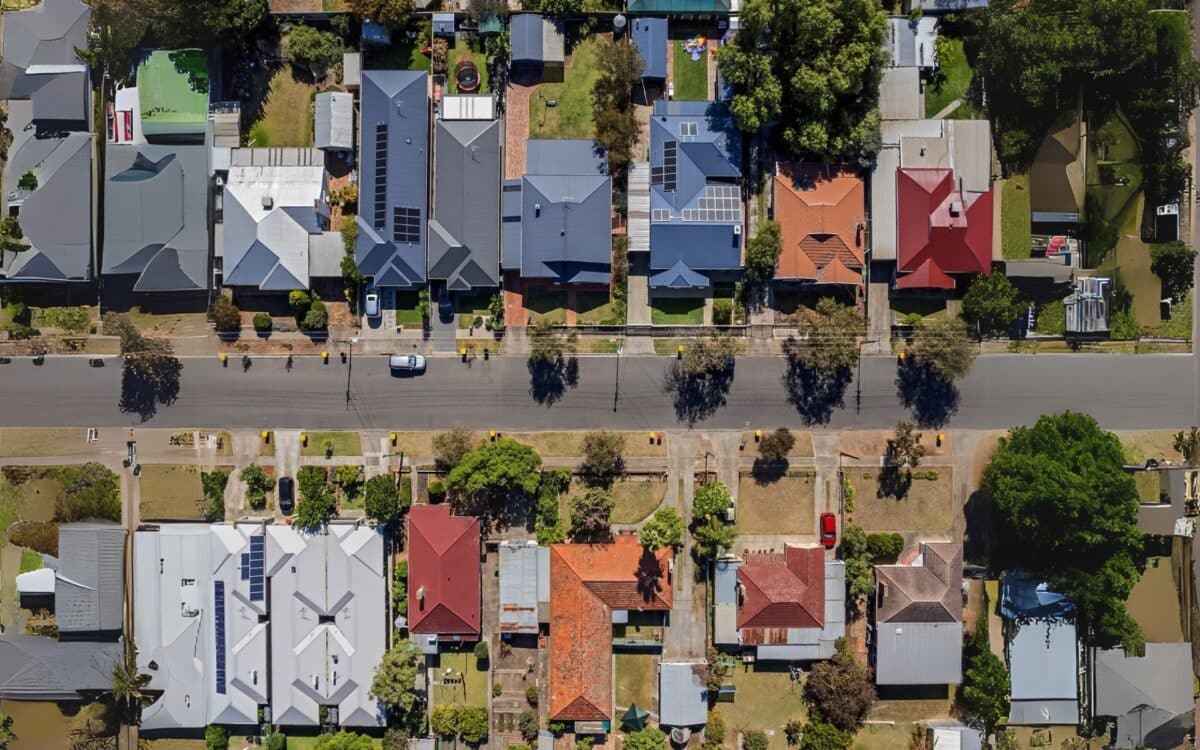Housing affordability in Australia stands at the forefront of the national conversation, dominating debates throughout the current federal election campaign.
Political leaders from all major parties have presented bold promises and policy initiatives aimed at easing access to the housing market, yet independent projections paint a far grimmer picture. According to recent analyses, affordable housing may not be realistically achievable until 2095, a delay that risks locking an entire generation out of homeownership.
As reported by MPA mag, experts warn that without significant structural reforms and a shift in political priorities, the barriers to housing accessibility are set to grow even higher over the coming decades.
Political Leaders Avoid Discussing Falling House Prices
Opposition Leader Peter Dutton and Prime Minister Anthony Albanese have both made clear that they do not support falling house prices.
Dutton stated during the second leaders’ debate:
“I want to see [home prices] steadily increase. I don’t want to see a situation where Labor crashes the economy and somebody who’s paid $750,000 for a house today is worth $600,000 in 18 months’ time under an Albanese-Bandt government — that would be a disaster.”
Albanese, while less direct, expressed a similar view in a radio interview:
“Historically in Australia … prices tend to rise. What we want to do is to make sure that people have accessibility for home ownership.”
Both leaders’ positions reflect the political calculus of appealing to the millions of Australians who already own homes and investment properties.
The Mathematics Behind the 2095 Projection
Economist Saul Eslake has challenged the widespread assumption that affordability can be restored by allowing wages to gradually catch up with house prices. “This might sound nice, but it’s actually a con,” he told The Guardian.
At the end of 2024, the median capital city house price reached $933,000, which is 12.8 times the average adult income of $73,000. In comparison, in 2000, the median house price was $178,000, representing 6.5 times the average income at the time.
Assuming house prices grow at 2.5% annually and wages increase by 3.5%, it would take until 2095 for the ratio to revert to 6.5. Eslake emphasized,
Even then, factoring in house price growth of only 2.5% a year is a heroic assumption.
Over the past 20 years, house prices have risen at a compound annual rate of 5.4%, far outpacing wage growth.
Property Wealth Dominates Australia’s Economy
Residential property accounts for the majority of household wealth in Australia, excluding superannuation. An estimated 11 million Australians own property, and about 2.25 million own at least one investment property.
Given these figures, protecting existing property values is electorally advantageous, though it may come at the expense of new entrants into the market.
The Centre for Population projects that Australia’s population will grow by 13.5 million over the next 40 years, adding demand equivalent to the combined size of Sydney, Melbourne, and Brisbane.
How Political Policies Shape the Market
Both major parties have announced measures intended to support first-home buyers, but critics argue these initiatives mainly stimulate demand, pushing prices higher.
Labor Party (ALP):
- Expanded First-Homebuyer Guarantee Scheme starting January 2026, allowing all first-home buyers to purchase with a 5% deposit without paying Lenders Mortgage Insurance (LMI).
- Committed $10 billion to building 100,000 affordable homes over eight years, a move some experts view as too slow to ease current pressures.
Liberal-National Coalition (LNP):
- Proposed tax deductions on mortgage interest for newly constructed homes valued up to $650,000.
- Set income caps of $175,000 for individuals and $250,000 for couples to qualify.
The Greens:
- Advocate for flat house prices while wages rise, aiming for 2000s-level affordability within 20 years.
- Propose large-scale public housing projects, rent controls, vacancy taxes, and restrictions on property investors.
Independent and Crossbench Members (e.g., Teals, Centre Alliance):
- Push for zoning and planning reforms to encourage higher-density housing.
- Promote climate-resilient affordable housing.
- Support the curbing of negative gearing and capital gains tax concessions.
Immigration and Housing Demand
Australia’s fast population growth is cited by some economists as a key driver of housing demand. Van Onselen advocates for lower immigration levels to allow the housing supply to catch up and improve rental vacancy rates, thereby easing price pressures.
Conversely, figures like Michael Yardney argue that developers will not build unless house prices increase by 15–20%, suggesting that profitability remains a critical barrier to new housing supply. Critics warn that this model risks deepening short-term affordability issues.
International Models of Housing Reform
The city of Auckland offers a practical example of effective reform. Facing housing affordability pressures, Auckland lifted height restrictions and promoted higher-density zoning.
This led to a significant increase in housing supply and comparatively lower growth in prices and rents compared to the rest of New Zealand.
While a sudden and sharp fall in home prices could have damaging economic consequences, Saul Eslake suggests that a controlled decline of 5–10% over three years would
“Do more to boost affordability than anything any government has done in the past 60 years.”
He emphasized the need for governments to resist intervening to prop up prices when markets begin to soften:
“At the very least, they should not step in to prop up prices when they start to decline, which is exactly what they’ve done in the past.”









